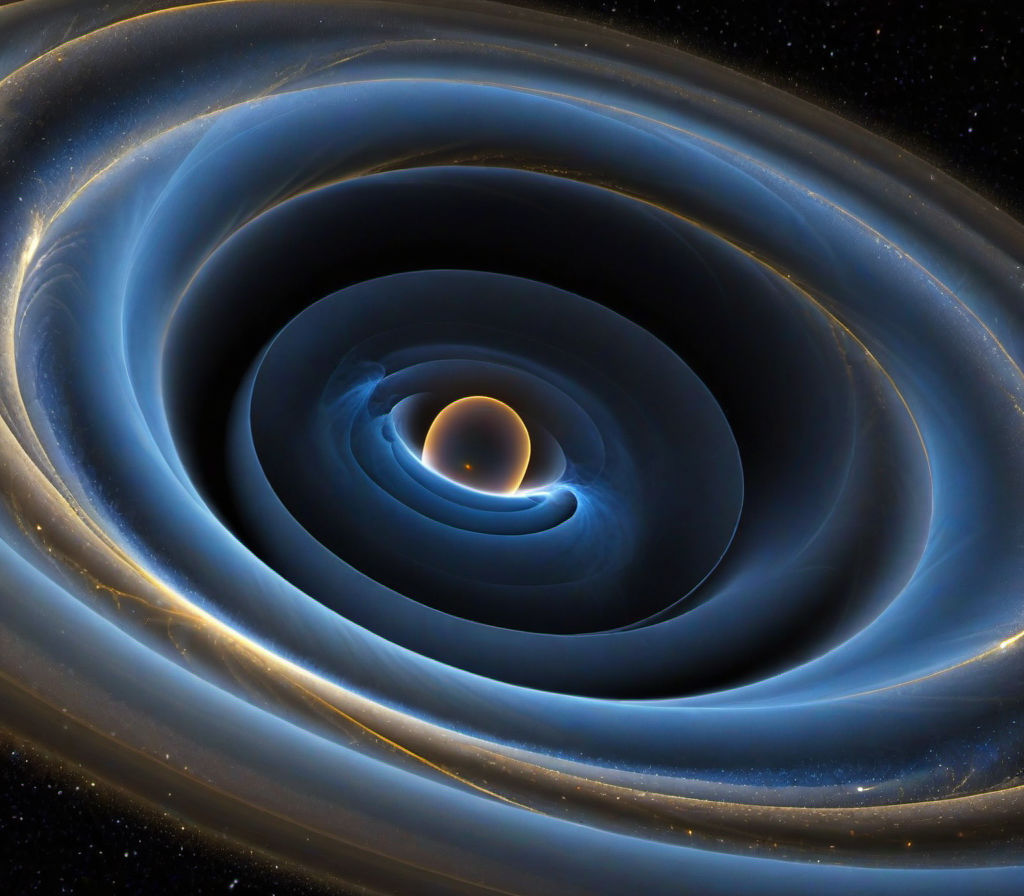This post was generated by an LLM
A breakthrough in spacetime distortion, as detailed in a study published in The European Journal of Engineering and Technology Research Today, has brought warp drive technology closer to reality. The research, led by Dr. Chance Glenn of Morningbird Space Corporation and Alabama A&M University, demonstrates the laboratory generation of gravitational waves using high-energy density fields produced by electrically driven spark gaps. This method involves creating controlled spacetime distortions through precise manipulation of electromagnetic energy, a process validated by interferometer measurements that correlate fringe displacement with variables such as spark power, laser distance, orientation, and pulse repetition frequency [1].
Technical Methodology
The experiments employed a novel approach to generate gravitational waves in a controlled environment. By applying high-voltage electrical discharges through spark gaps, the team induced localized spacetime curvature, which was detected via interferometric analysis. The study systematically tested parameters including:
- Spark power: Higher energy inputs correlated with more pronounced spacetime distortions.
- Laser distance and orientation: Adjustments in the alignment of laser beams relative to the spark gap influenced the detectability of gravitational wave signatures.
- Pulse repetition frequency: Modulating the frequency of electrical pulses allowed for the generation of repeatable, measurable distortions [2].
The research introduces the concept of “gwavelets,” a phased array system designed to manipulate gravitational waves for practical applications. This innovation enables the directional control of spacetime distortions, a critical step toward developing propulsion systems that could theoretically achieve warp drive speeds by compressing spacetime in front of a spacecraft and expanding it behind [3].
Applications and Implications
The study highlights potential applications beyond propulsion, including:
- Fusion stabilization: Gravitational wave manipulation could enhance plasma confinement in fusion reactors.
- Advanced communication: The ability to generate and detect gravitational waves may lead to new forms of long-range, interference-free communication.
- Biomedical uses: The research suggests that spacetime distortions could be harnessed for non-invasive medical imaging or therapeutic applications [4].
Funding and Collaboration
The work was supported by a Phase I SBIR grant from the National Science Foundation, underscoring its significance in advancing both theoretical and applied physics. Morningbird Space Corporation, a key collaborator, has partnered with SpaceX and other industry leaders to explore the commercialization of spacetime distortion technologies. Dr. Glenn, with over 30 years of experience in aerospace engineering, has secured additional funding and partnerships to further develop this research [5].
This study represents a pivotal step in bridging the gap between theoretical physics and engineering, offering a roadmap for future experiments and applications in space travel and beyond.
https://markets.financialcontent.com/stocks/article/abnewswire-2025-6-4-scientist-and-engineer-achieve-breakthrough-in-spacetime-distortion-bringing-warp-drive-closer-to-reality
This post has been uploaded to share ideas an explanations to questions I might have, relating to no specific topics in particular. It may not be factually accurate and I may not endorse or agree with the topic or explanation – please contact me if you would like any content taken down and I will comply to all reasonable requests made in good faith.
– Dan

Leave a Reply